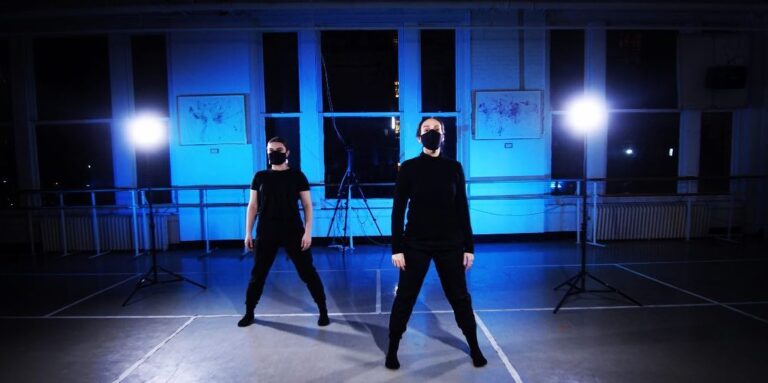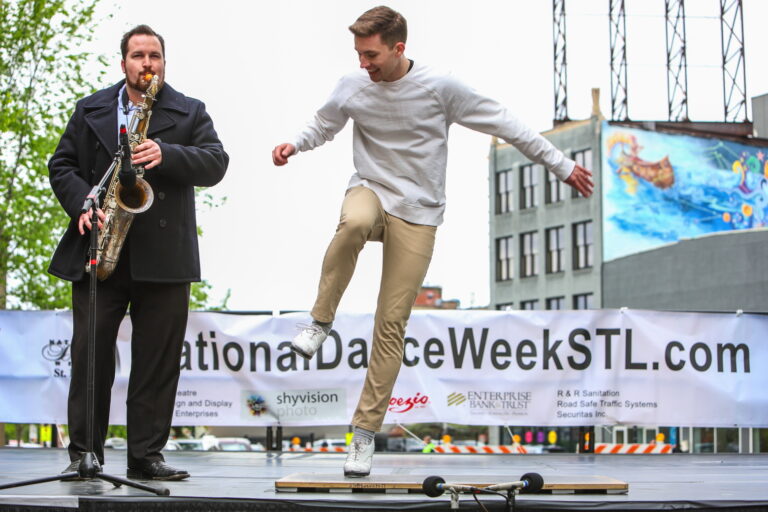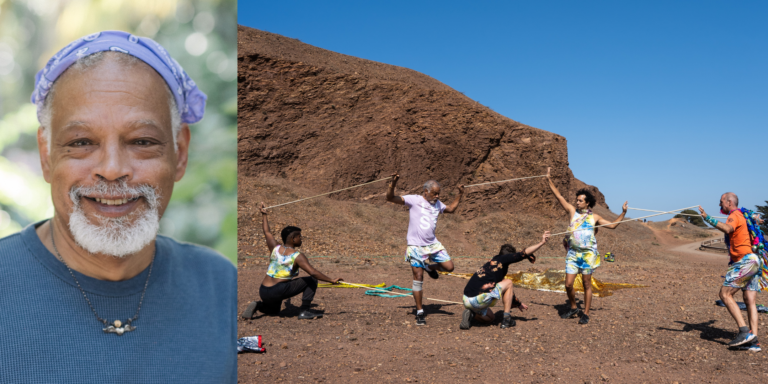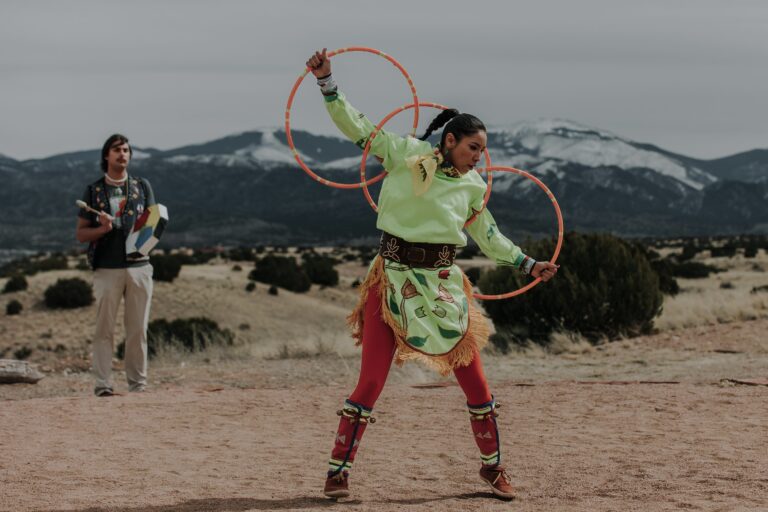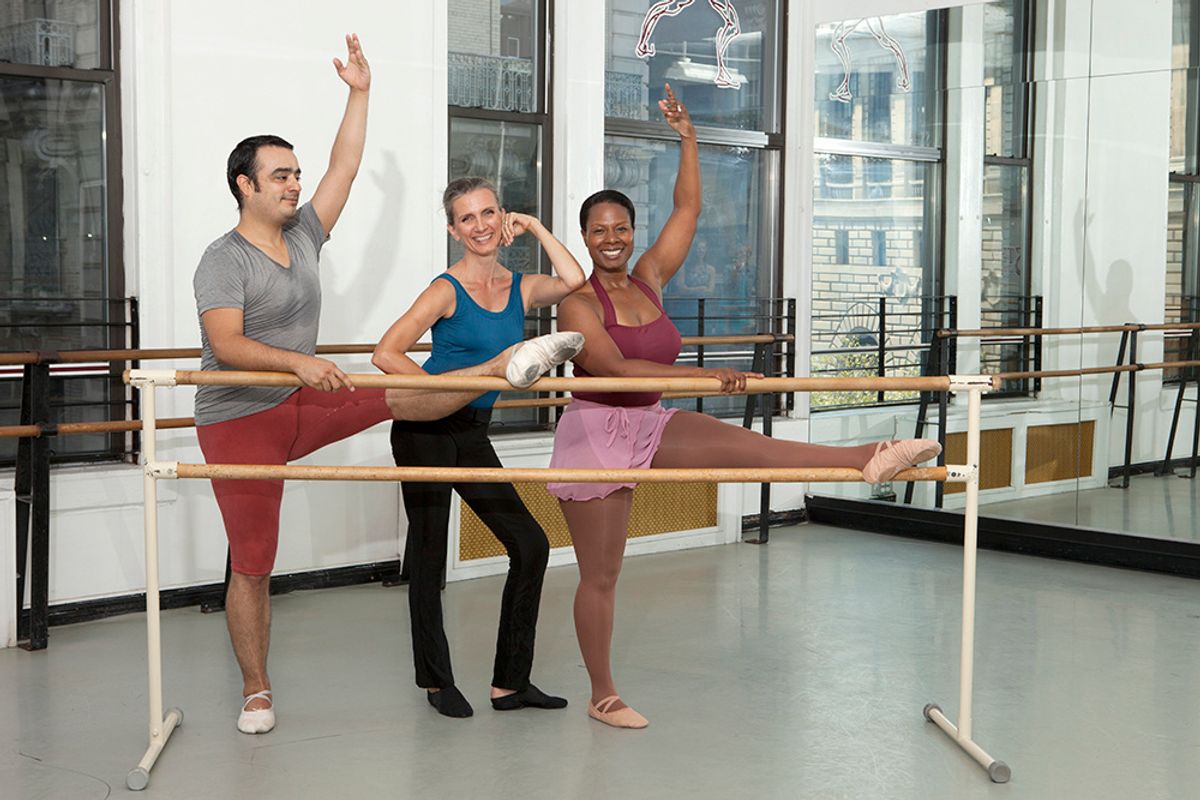
How I teach ballet for every body
“I had to fight for my technique, and that has helped me break things down as a teacher.”
—Martha Chapman (middle), photographed at Steps on Broadway
For a new adult dancer, taking a ballet class can loom menacingly on the horizon as a punishing or humiliating form of exercise. But in Martha Chapman’s Advanced Beginner Ballet class at Steps on Broadway in New York City, newbies and dancers crossing over from other genres can find instant membership in what is often thought of as an exclusive club. “You can come to my class with very little technical knowledge and still get something,” she says. “You don’t need to have a deep understanding in order to work.”
Underpinning Chapman’s philosophy is her belief that “ballet can be for every body. As in every single body.” In her humanist class, she breaks down the barrier of ballet jargon by using plain English as much as French terminology. At the barre, pliés are just as often referred to as “bends” and cambré as “bend your body forward.” This simple translation allows the class to progress at a steady pace without confused looks. By making ballet more accessible, Chapman is able to distill an exacting artform for a wider audience.
As a freelance dancer who struggled with knee injuries, Chapman learned she could not turn out incorrectly and keep dancing. “As a dancer, I had to fight for my technique, and that has helped me know how to break things down as a teacher,” she says. “For example, the passé should be about placement of the pelvis before worrying about a high placement of the foot.”
Because of the broad spectrum of levels in the room (a mix of adult recreational dancers, professionals recovering from injury and teenagers from other disciplines or on break from their regular school schedule), many combinations come with a set of options. Tendus in fifth can also be done in first. The hand can rest on the hip, instead of using full port de bras, to help keep the pelvis quiet. Battements can be done with a flexed foot if the Achilles needs a little stretch. “First you find what is possible, then you work up to what is correct,” explains Chapman. “They are not here to become professional ballet dancers, but there should still be a level of clarity and integrity of each movement.”
During class, she weaves in and out of the barres like a fairy godmother, adjusting the shape of a foot, delicately chiding about proper placement and, with a droll sense of humor, reinforcing the hard work she sees. “OK, now that was good,” she says to a student finding her long arabesque line. “Now do that until you are dead.” Likewise, her imagery is as inclusive as it is informative. During a struggle to achieve a penché, she reminds the dancers to “tip the banana, don’t break the banana.” She even gives a nod to the baseball fans in the room: “Fifth position is like home plate in ballerina land,” she says.
The comfort she creates in the room allows her to coax out cleaner lines without offense or fear of criticism. “I won’t look while you figure out the other side,” she jokes in center as she covers her eyes. The dancers give each other conspiratorial looks and smiles as they mark out the reverse. When the music begins, they perform the other side with technical proficiency. Chapman’s nurturing teaching style and faith in the pleasure of precise movement creates an hour and a half full of small miracles.
Chapman grew up in Bethlehem, Pennsylvania, where her training was a mix of Vaganova and Royal Ballet styles. She moved to New York City at 17 when the Joffrey Ballet School offered her a scholarship, but she remembers sneaking in extra classes in Simonson technique. She went on to broaden her studies with modern when she became a scholarship student in the early days of Steps on Broadway. While dancing with regional and New York City–based pickup companies, as well as the New York City Opera Ballet, Chapman began her teaching career at Dance New Amsterdam. She credits the many years she spent studying under Peff Modelski with influencing her holistic approach to teaching. While she has also taught kids and pre-professional classes over the years, her first love is teaching adult beginners.
Models:
Daniel Flores: Mexican folk and modern dancer; intermediate student of Chapman’s for three years
Tasha Norman: former dancer returning after back surgery; advanced-beginner student of Chapman’s for more than 10 years
Photography by Carey Kirkella
